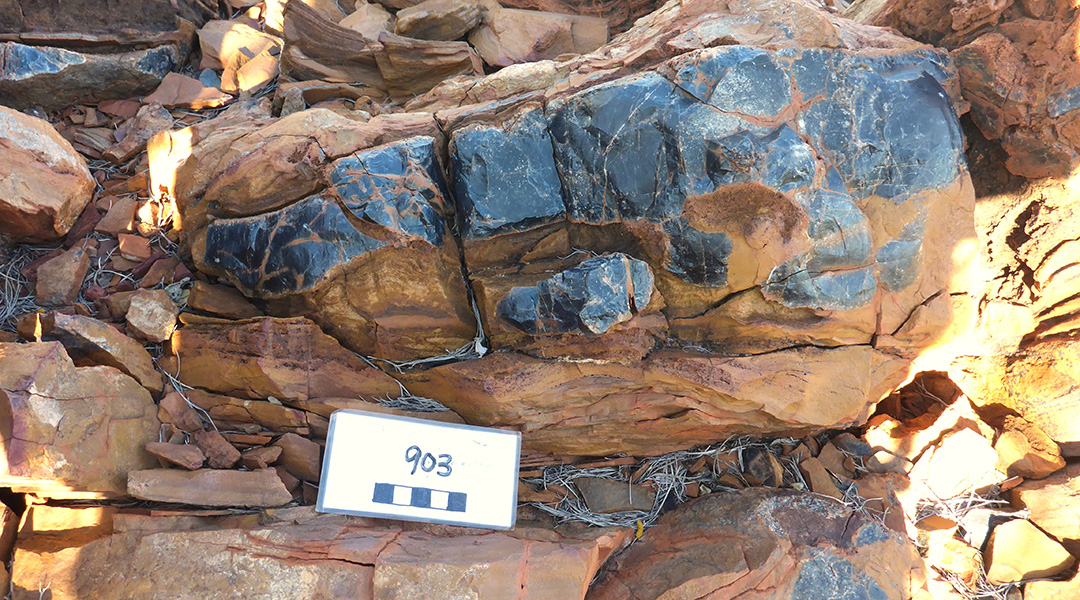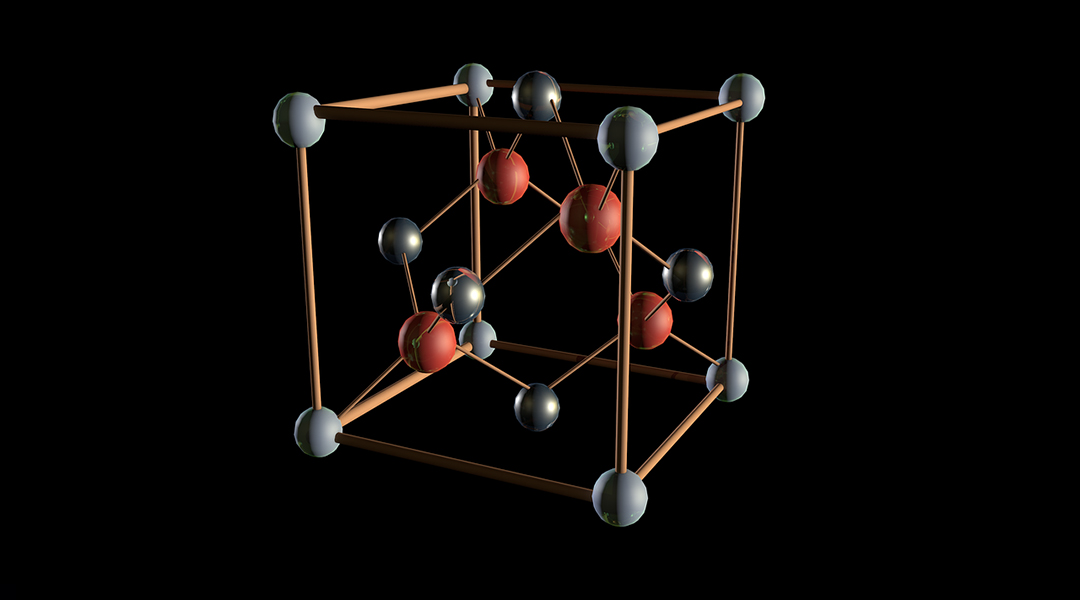The generator harnesses energy from water and is built with a fiberform material derived from the straps of disposable medical masks.


The generator harnesses energy from water and is built with a fiberform material derived from the straps of disposable medical masks.

The ongoing debate at COP28 over the phase out of fossil fuels is impeding efforts to address the severe impacts of climate change.

Scientists have unearthed a well-preserved microscopic fossil in Western Australia, challenging timelines and hinting at early eukaryotic life after the Great Oxidation Event 2.4 billion years ago.

A newly discovered material and its intriguing properties could pave the way for more efficient computing.

The sensor could improve crop yield by detecting changes in plant chlorophyll levels earlier and more precisely than existing methods.

Clouds have scrambled climate models for decades and researchers are doing something about it.

Magnetic iron nanoparticles shown to eliminate persistent water pollution, such as microplastics and oils.

Due to their incredible density, astronomers believe white dwarfs might make the perfect dark matter detectors.

Drawing power from the electrical fields of nearby objects, this nanosensor enhances vehicle safety and slashes energy consumption.

Discover how living materials are revolutionizing sustainable engineering, offering self-healing and responsive solutions for a greener future.